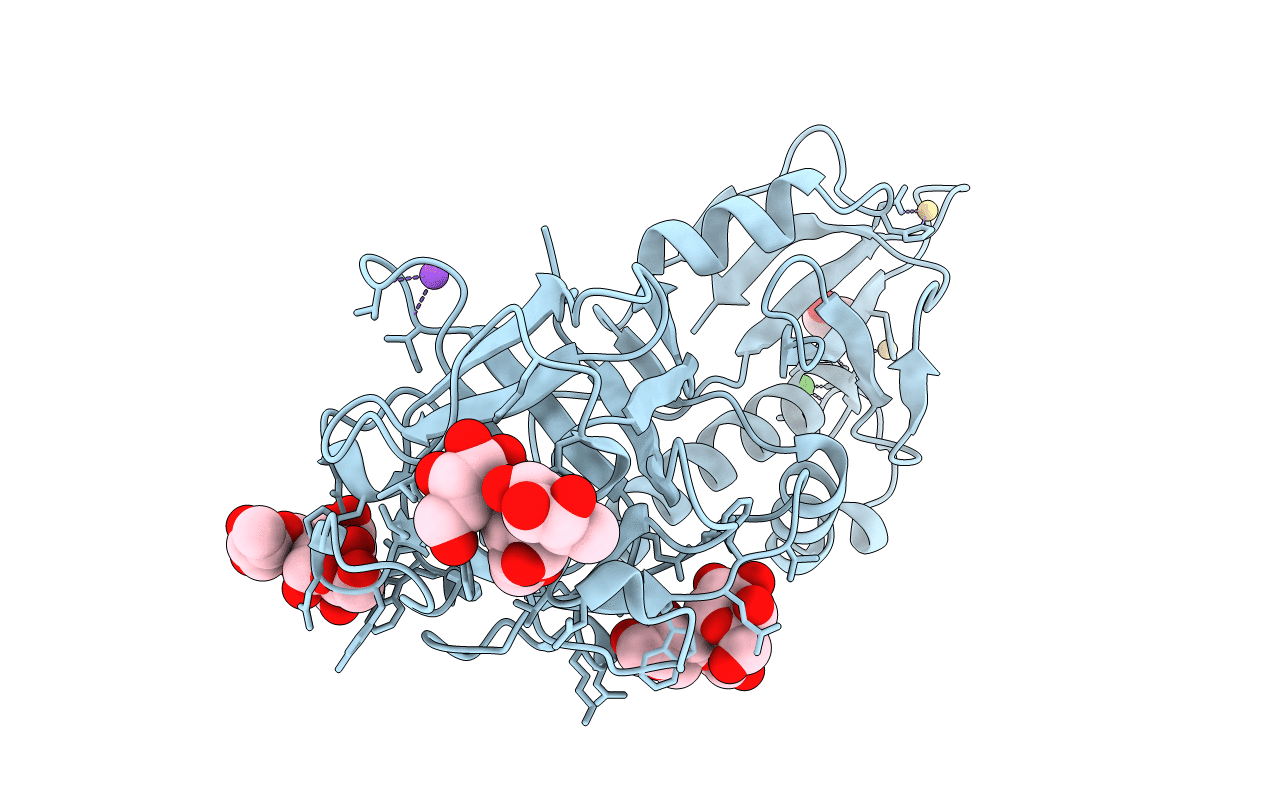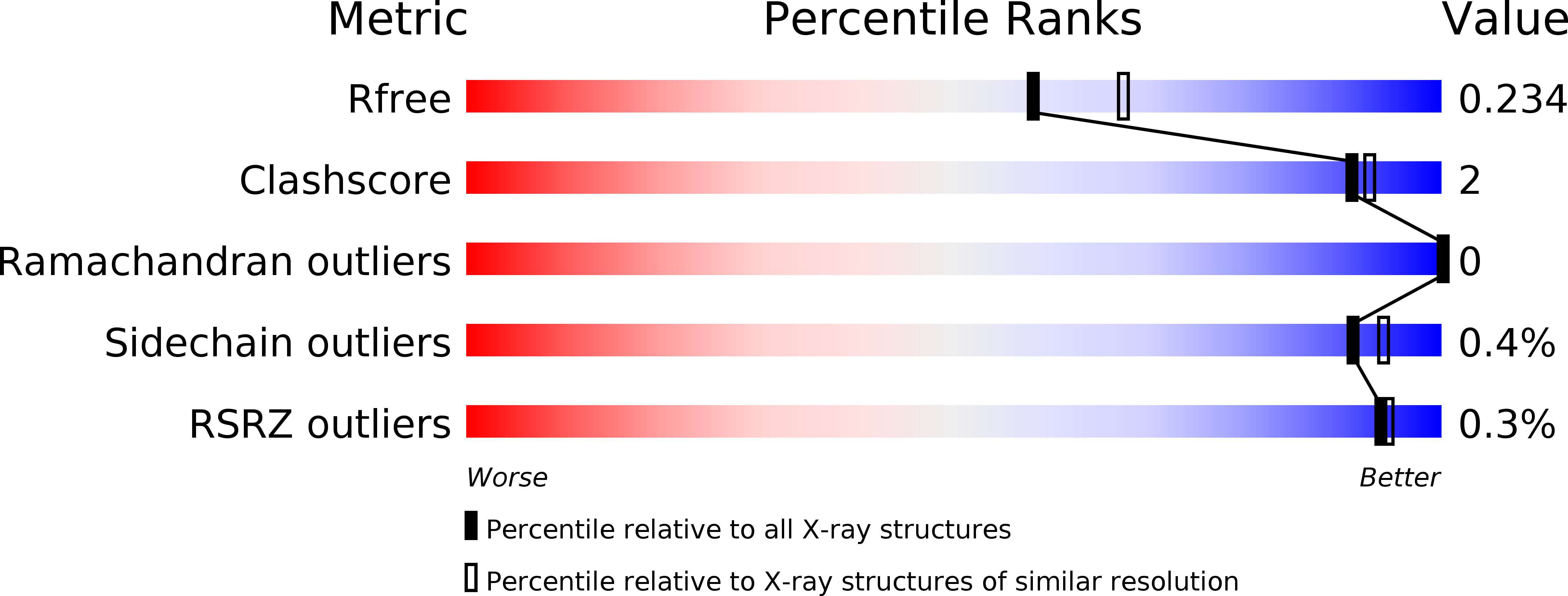
Deposition Date
2019-12-20
Release Date
2020-07-29
Last Version Date
2024-01-24
Entry Detail
PDB ID:
6TSO
Keywords:
Title:
Marasmius oreades agglutinin (MOA) inhibited by cadmium
Biological Source:
Source Organism:
Marasmius oreades (Taxon ID: 181124)
Host Organism:
Method Details:
Experimental Method:
Resolution:
2.10 Å
R-Value Free:
0.22
R-Value Work:
0.19
Space Group:
P 63 2 2


